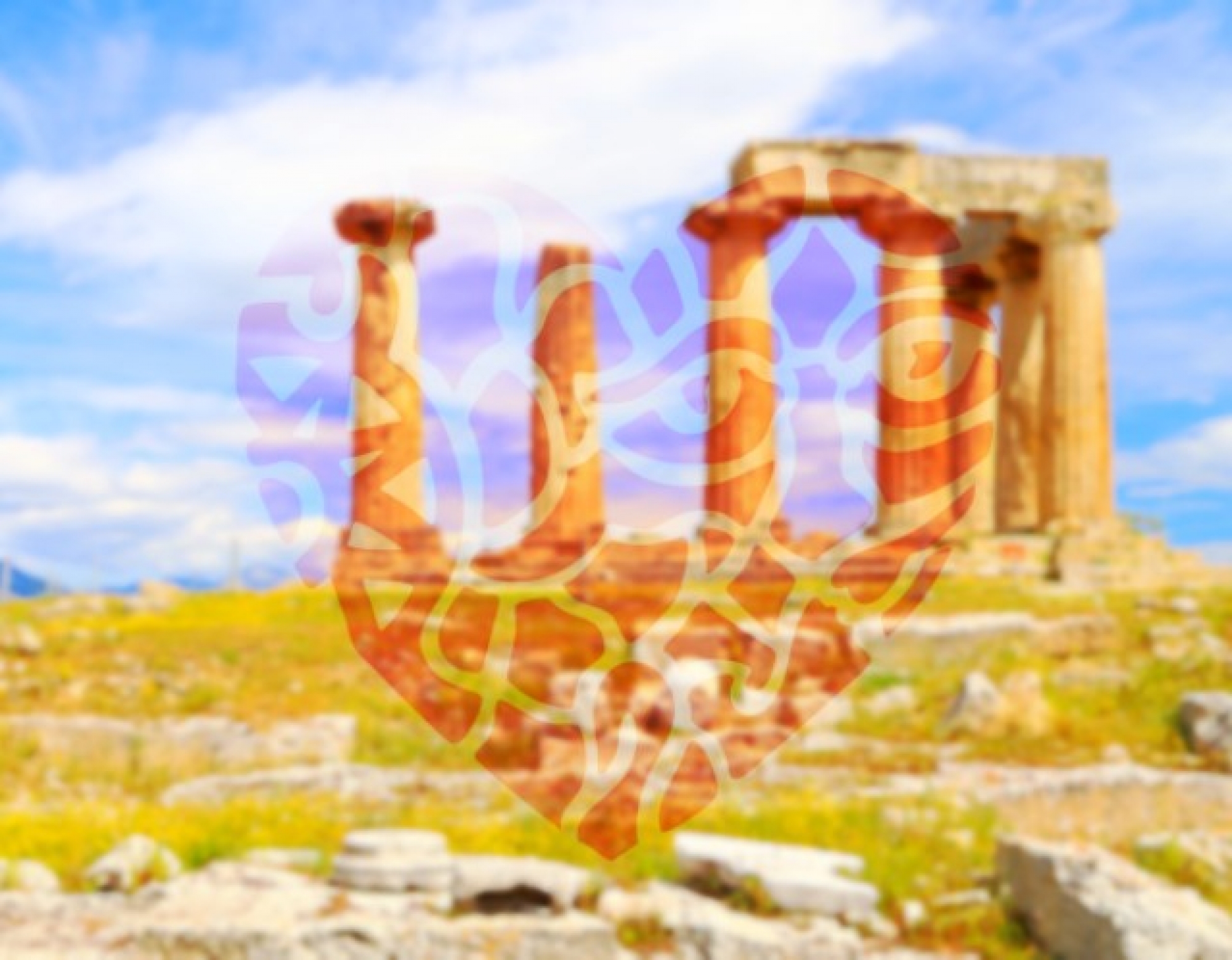The Tomb of Marathon is 42 km from Athens in the region of Marathon, in memory of one of the most important battles of Greek and world history. The Tomb is actually a pile of soil, like a hill of 9 meters height, that covers the ashes of 192 Athenian soldiers who fell in the Battle of Marathon facing the Persians.
The Battle of Marathon took place in 490 BC and was one of the most significant in history. In the plain of Marathon, approximately 11,000 Athenians (including 1,000 Plateans) confronted the huge Persian army that consisted of at least 100,000 men.
However, the Athenians led by General Miltiades fought with tremendous courage and defeated the Persian army, killing over 6,000 and forcing the remaining Persians to flee. Athenians lost only 192 men and their victory at Marathon filled their soul with confidence that they can repel the Persians, as they finally did. So the Greek civilization managed to grow for a few more centuries, with significant achievements in all areas, which formed the basis of what we now proudly call Western civilization.
Tradition has it that the messenger Pheidippides ran from Marathon to Athens to announce the victory of the Athenians. As soon as he arrived in Athens, jaded he managed to scream the legendary "Nenikikamen" (which means we won) and then he died.
When the revival of the Olympic Games was decided in 1896, the organizers sought a sport that glorifies ancient Greece. Thus, in commemoration of the Battle of Marathon and the route of Pheidippides, the marathon was created; a race from Marathon to Athens that puts your endurance into test. The distance is exactly 42,195 km and since then all Marathons in the world have this particular distance.
The authentic Athens Marathon, organized till today, has its starting point at the Tomb of Marathon and ending at the Panathenaic Stadium, just like in 1896.



